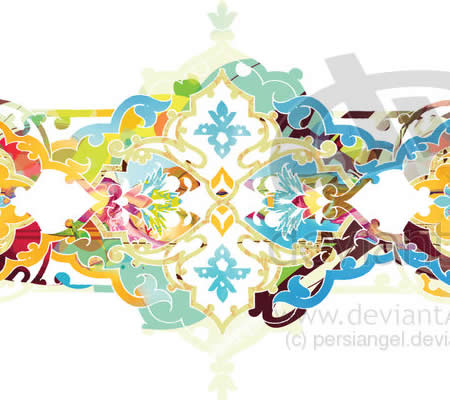| 正面 | 1019.pattern 英 ['pæt(ə)n]美 ['pætɚn]     |
|---|---|
| 背面 |      释义: 联想:唱歌应有“声”。n. 模式;图案;样品vt. 模仿;以图案装饰vi. 形成图案 例句: 1. She'll show you how to co-ordinate pattern and colours.她会教你如何搭配款式和颜色。 pattern 样式,模式,图案来自中古英语patron,模式,模型,来自古法语patron,赞助,主顾,来自拉丁语patronus,守护圣人,保护者,来自pater,父亲,词源同father.引申词义范例,模式,样式,图案等。 patternpattern: [14] Etymologically, pattern and patron are the same word. When it arrived in Old French as patron (from Latin patrōnus), it had roughly the range of senses of modern English patron, including that of ‘one who commissions work’. But it had also acquired one other. Someone who pays for work to be done often gives an example of what he wants for the workman to copy: and so patrōnus had developed the meaning ‘example, exemplar’.This passed into English from Old French along with the other meanings of patron, and not until the 17th century did it begin to be differentiated by the spelling pattern. The sense ‘decorative design’ emerged in the 16th century.=> patronpattern (n.)early 14c., "outline, plan, model, pattern;" early 15c. as "model of behavior, exemplar," from Old French patron and directly from Medieval Latin patronus (see patron). Extended sense of "decorative design" first recorded 1580s, from earlier sense of a "patron" as a model to be imitated. The difference in form and sense between patron and pattern wasn't firm till 1700s. Meaning "model or design in dressmaking" (especially one of paper) is first recorded 1792, in Jane Austen.pattern (v.)1580s, "to make a pattern for, design, plan," from pattern (n.). Meaning "to make something after a pattern" is c. 1600. Phrase pattern after "take as a model" is from 1878." |